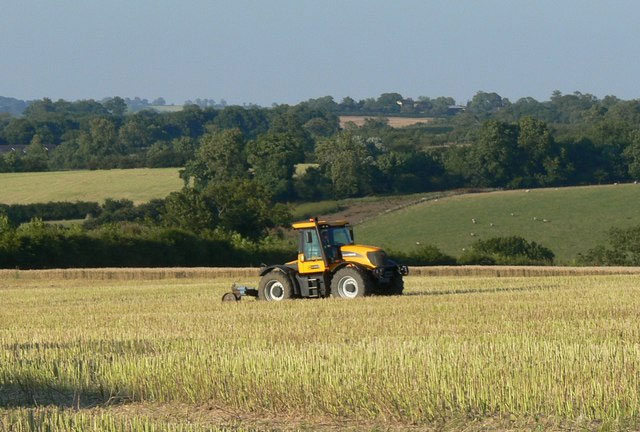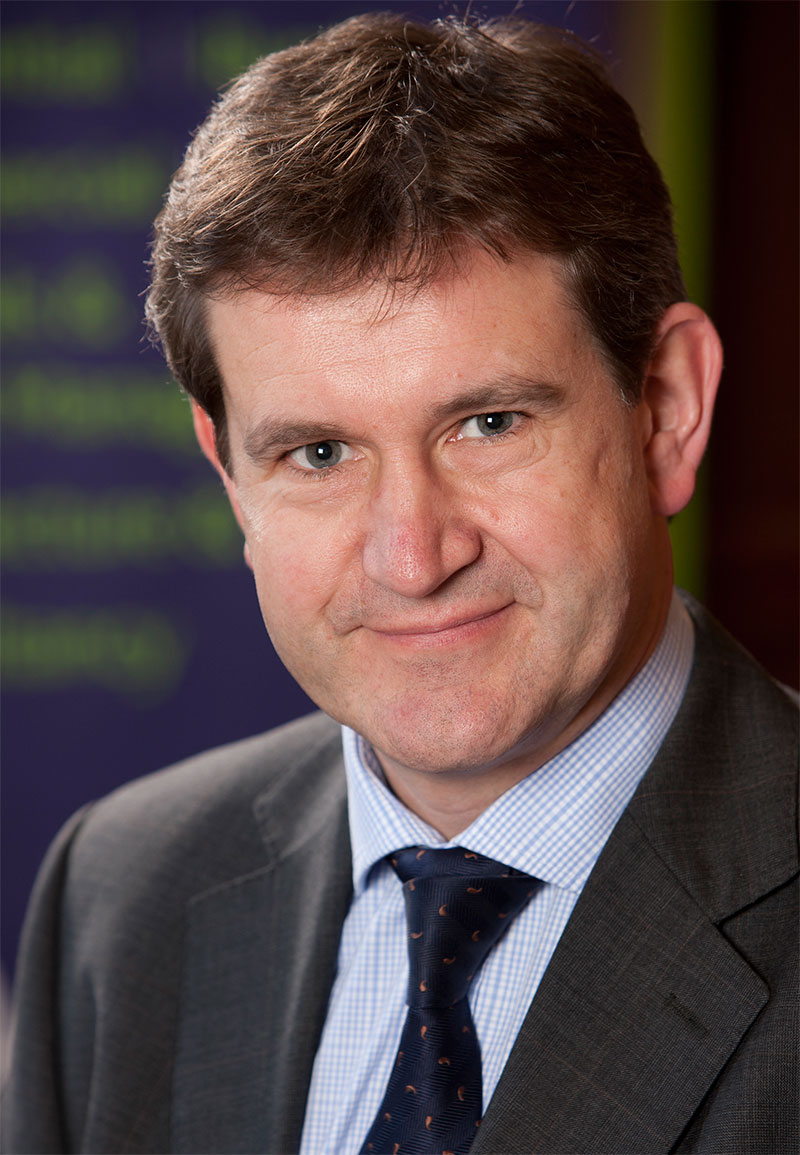
Agricultural land prices in the North have continued to rise unabated this year with values across Yorkshire fetching anything from £6,000 per acre for bare farmland to £13,000 per acre for prime arable land.
Andrew Fallows, partner responsible for estate management at Carter Jonas in Yorkshire, said: “We experienced strong sales of bare land and equipped farms in the first half of the year, with neighbouring farmers looking to extend existing holdings at the forefront of purchases.”
Reflecting the continued strength of the farmland market, as well as the high regard in which land is held by farmers, entrepreneurs and investors alike, the firm has brought more than 18,000 acres to market with an asking value in excess of £185 million.
Nationally, there have been some exceptional transactions during the first half of the year with the larger sales being dealt with 'off market' - showing the strength of land as a hedge against economic ills.

The banks are also continuing to lend freely to the agricultural sector and the availability of finance is providing the firepower to fund large commercial purchases.
Fallows added: “Looking forward to 2014 we are confident that as demand continues to outstrip supply, best in class farmland will rise in value and be keenly sought by the farming and non-farming investors alike, who value the safe haven status and inheritance tax advantages that land offers.
“Quality however is key, and as the rest of the economy shows signs of recovery, astute purchasers will differentiate between most productive and poorer land. I am of the opinion that we are reaching the peak of the market for average or less well equipped farms.
“Investors will no doubt continue to take advantage of the healthy price growth of the farmland market to take their 'profit' and plough their cash into other opportunities, which may offer chances of better capital growth in the next five to 10 years.”
